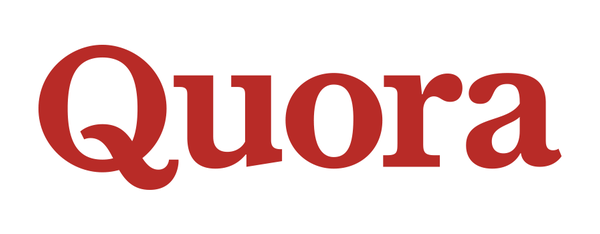Milk is a common drink of our daily diet. But not every-time the milk we take is pure; it may have urea, formalin, vanaspati, starch and water as impurity. Packed milk from reputed brands as well as milk purchased from milk-vendors can be adulterated so its important to check for them before consuming.
Test for adulteration in milk can be done at home using following ways,
1. Reduction Test
Boil milk on slow heat for 2-3 hours till it solidifies and become hard (khoya). Rock solid, rough residue means the milk is adulterated while oily residue means its of good quality.
2. Checking for Synthetic Milk
Synthetic milk is made by mixing chemicals and things like soap in natural milk. Synthetic milk can be easily identified by bad taste. It feels soapy when rubbed and turns yellowish when heated.
3. Water in milk
Water in milk may not be bad for your health but definitely for your pocket. To check, put a drop of milk on your fist or any slanted surface and let it flow down. If the milk leaves a trail behind, it’s not pure else its good.
4. Vanaspati/Dalda in milk
Vanaspati is not good for health if consumed in big quantity. To check if milk is adulterated with vanaspati, add 2 tbps of hydrochloric acid and 1 tbsp of sugar to 1 tbsp of milk. If the mixture turns red, its impure.
5. Starch in milk
If your vendor has added starch to milk, you can detect it by adding 2 tablespoons to salt (iodine) to 5 ml of milk. Mixture will turn blue if milk is adulterated else it remains intact.
6. Formalin in milk
Formalin is used for preservation purposes. Since its transparent in color and can preserve milk for long time, packaged manufacturers use it for adulteration purposes. To test for formalin existence in milk, take 10 ml of milk in test tube and put 2-3 drops of sulphuric acid into it. If a blue ring appears at the top, milk is adulterated else not.
7. Test for urea in milk
One of the most common form of adulteration in milk is mixing of urea since it doesn’t changes the taste and is little difficult to detect. To check for urea in milk, mix half tablespoon of milk and soyabean (or arhar) powder together and shake well. After 5 minutes, dip litmus paper for 30 seconds and if there is a color change from red to blue it means the milk has urea in it.
